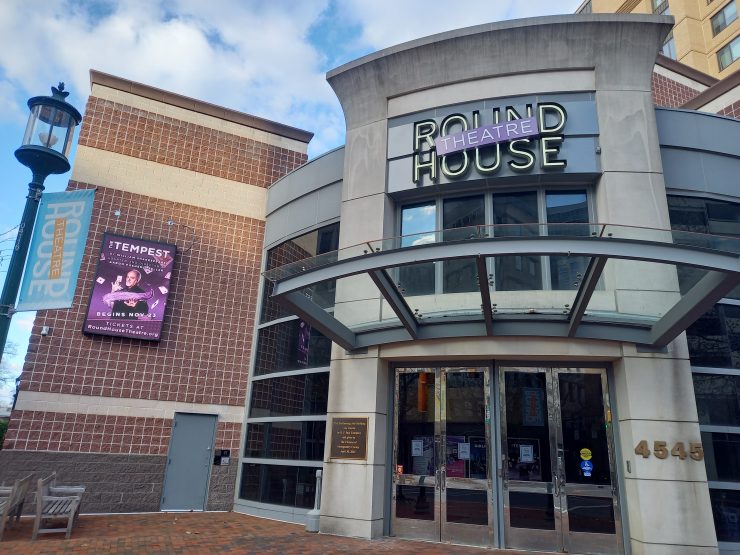Doreen Thompson, Esq.
Founder, Caribbean Foodways Alliance (NCAFFA)
As she took a bite from her second mini-sandwich, she turned to me with a smile and said “I really love the combination of flavors in this. I can’t stop eating it. What exactly is this?”
I smiled in return, as I had noticed that the young American woman sitting next to me at last year’s JNA Scholarship Awards Reception, was enjoying a bite-sized Jamaican Bun & Cheese sandwich. While it hadn’t occurred to me that this could be unrecognizable, I could easily relate to her enjoyment, as Bun & Cheese is one of my favorite flavor combinations. The deep flavors of the molasses, raisins and spices pair perfectly with the creamy, somewhat salty, cheddar-like-cheese, creating what one writer calls a “compelling third-taste dimension – a hidden vault of flavor.”
After I told her what it was, she commented that the Bun reminded her of Irish Soda Bread and a little like some Cinnamon Raisin Breads. At this point, I knew she was a “sister foodie.” I was surprised, however, that she didn’t mention Hot Cross Buns. Nevertheless, her comment captured some of the influences on our cherished Jamaican Spicy Bun. The Caribbean, with its Indigenous, European, African, Indian and Asian influences, has had a way of absorbing them and coming up with something different and sometimes uniquely inexplicable.
What is the origin of the Jamaican Spicy Bun?
Its origin is pretty obvious as it bears the same name as the English Hot Cross Bun. Colonists brought to Jamaica the tradition of eating cross buns (to symbolize Jesus’ crucifixion on the cross) on Good Friday. The buns are finished with crosses traditionally cut into the surface of the bun. Some recipes dredge a paste of water and flour into the cut or add a sugared icing on top to form the cross.
But what about the variations in texture and change in the shape of the Jamaican Buns? These seem to depend on the baker’s personal influences and tastes and might well explain the Irish Soda Bread texture of some buns due to the Irish influences in Jamaica. Locals further adapted the Bun by reshaping it into a loaf and adding dried fruit in some instances
And what about the Jamaican Bun’s unique flavor? Why do Jamaican spice buns differ in flavor from English hot cross buns? This is very likely the African contribution which comes from the easy access to molasses (instead of refined sugars enslaved Africans used molasses) and the love of intense spices.
What is the source of the cheese which completes the treat?
This is the tricky part. Often it is Tastee cheese, a New Zealand-produced canned cheddar product, uniquely made for Jamaica, which is paired with the Jamaican Bun. Why did Jamaicans develop this particular taste profile for a cheddar cheese product? Cheddar, an English cheese “produced since at least the 12th century,” would likely have been brought to Jamaica by the English. Did Jamaicans, however, develop their own unique cheddar cheese profile? I remember, as a child growing up in Jamaica, that our family was a member of a milk cooperative. Was cheese or a processed cheese one of the milk products? I also recall as a child that after a major hurricane, Jamaica received canned American processed cheddar cheese products. Could Jamaicans have developed an appreciation for this flavor and texture? This requires further research.
In searching for this cheese profile in America, my Sister, a pastry chef now living in France, once told me excitedly that she found a smoked gouda cheese which was pretty close with the added depth from the smokiness. I am sure there are other interesting close cheese or cheese product approximations. But you can find “Jamaican cheese” in the Caribbean grocery stores and bakeries in the Washington DC Metropolitan Area, as this area has a significant population of persons of Jamaican heritage.
Now here is the puzzle – how did this pairing of Bun & Cheese come about?
According to one writer, “The inspiration for the pairing is unknown, but one thing is for certain: cheddar cheese and hot cross buns are neither Jamaican, nor eaten together. But Tastee Cheese and a spiced bun is as Jamaican as it gets.”
Memories of Bun & Cheese
Writing this article, made me crave Bun & Cheese. As a child, before Good Friday, my Father who was apprenticed as a baker in St. Elizabeth, Jamaica, would bake buns at our home in Chicago. His buns were big and round, had a texture closer to Irish Soda Bread, were individualized with each family member’s edible initials on top, and, of course, were Jamaican in flavor. We ate it with a mild cheddar cheese on Good Friday as there was no cooking. In what I fondly call my “memory talks” with a good friend, Dr. Basil Buchanan, he recalls when growing up in Jamaica there was no cooking until after 3pm on Good Friday. “This was tied to church services held in the afternoon, usually around noon or midday to 3pm, to remember the hours when Jesus hung on the cross”.
My Bun & Cheese craving is greater this Easter as we deal with coronavirus disruptions and social distancing. I will indulge in a slice with cheese. Of course, I am unlikely to stop with just one slice, so maybe I’ll just buy a whole loaf – a Jamaican Easter Bun. It will be comforting and will take me back to Family and Jamaica.
Wishing you fond memories and good health, and remember, your memories are your wealth.
Ms. Thompson is a member of Culinary Historians of Washington, CHOW


